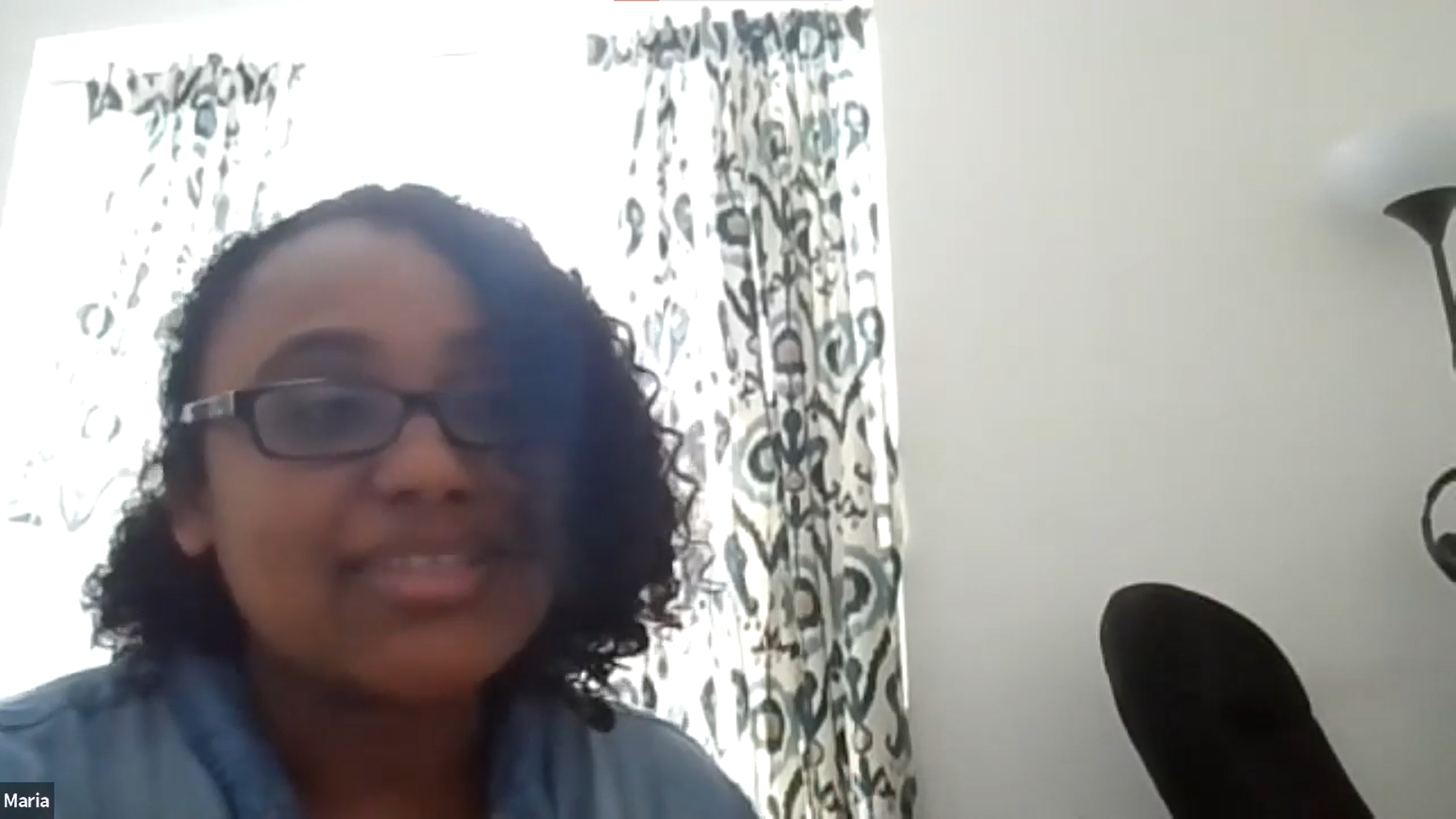Overview
STEM careers
Time
Materials
For Glue:
|
For glue-testing station:
|
Instructions
Caution: Do NOT taste or eat any of the materials during this activity.
- Add 1/4 cup skim milk to the measuring cup.
- Add 1 tablespoon vinegar.
- Stir the mixture together until it stops changing. This should take about a minute.
- Strain the solids using a coffee filter. Put a rubber band around the top of the cup to hold the filter in place. Make certain that the bottom of the filter remains above the level of the strained liquid.
- Slowly pour the milk/vinegar mixture through the paper towel or coffee filter into the cup.
- Lift the filter paper and gently squeeze any remaining liquid into the cup.
- Save the paper filter with the solids. Dispose of the liquid from the cup and dry the cup. Gently scrape the white clumps from the paper filter into the cup.
- Add a pinch of baking soda, which will help firm up the glue.
- Stir the mixture to make a paste.
- Is your glue is too liquid? Squeeze out more of the liquid using a coffee filter. Add another pinch of baking soda.
Step 2: Test Your Glue using the Engineering Design Process and compare it to at least two other types of glue.
- Identify the Problem
- The most critical step of any engineering challenge is to understand the problem you are trying to solve.
- How can you build a glue-testing station to test the strength of your glue and compare it to others?
- Build Your Glue-Testing Stations
-
Make 3 Test Strip Plates (using 6 paper plates, 6 paper clips and 3 glues to test)
- Start by cutting a test strip out of the middle of a paper plate (about 2-inch wide).
- Fold it into thirds.
- Pull apart one end of a large paperclip so that it looks like a hook. Repeat with a second paper clip.
- Use a paper clip to punch a hole into each end of the test strip and attach a paper clip to each end.
- Use 3 plates to cut out three test strips total.
- Spread a 1/2 teaspoon of your homemade glue on the middle third of a test strip and press it onto the bottom of a paper plate.
- Do this for each type of glue that you want to test. Put the same amount of glue on each strip.
- Once the strip is stuck to the paper plate, let the glue dry for 1–2 minutes. Depending on what glue you are testing, you may need to increase the drying time.
- You will make three test strip plates total (one for each type of glue).
- While you wait for your glue to dry, you can start building your weight holder.
- Make a hook out of two more paper clips as before.
- Use paper clip hooks to punch two holes on either side of a paper cup (at the top).
- Attach each paper clip hook to holes on either side of a paper cup.
- Tie each end of one piece of 30″ string to each of the tops of the paper clips in the cup. The string makes a handle for the cup.
Build Your Weight Holder (using a cup, 2 paper cips and string)
- Test Your Glues
- Now it’s time to test your glue’s tensile strength – that’s the strength of the glue as it holds a weight that is pulling down on it.
- You will attach the paper cup weight holder to your test strip plat Place the top of the loop (the “handle”) of string through the paper clips on the ends of the test strip glued to the bottom of a paper plate.
- Now carefully add pennies as weights. How many pennies did the cup hold before the glue gave way? How does your glue compare to the two other glues?
- Make Changes and Try Again
- Once you test all three, think about how you can make improvements to your glue. Do you want make changes to your glue recipe or try a new one?
- Do you want to test your glue on different surfaces? Rather than a paper plate, use a plastic plate or the cover of a magazine.
- Share Your Results with a teacher, parent/guardian, or DiscoverE
- You can send photos to DiscoverE at social@DiscoverE.org or post on Instagram/Twitter using the hashtag #DiscoverEChallenge
Created by Marcy Klein and Eddie Goldstein, Alchemy Studio, for the American Society of Civil Engineers. All rights reserved.
Supplemental content adapted for Dream Big Activities by Carnegie Science Center.
Funding for this Dream Big Activity was provided by a generous grant from the United Engineering Foundation.


0 Comments